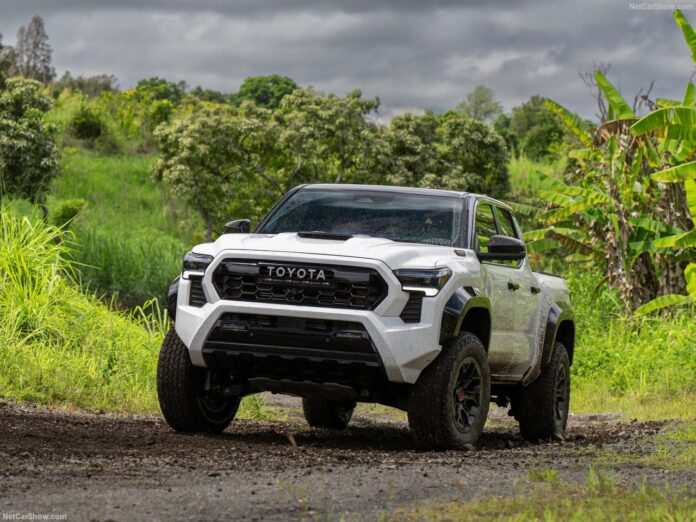Tanzanian Vehicles Market in 2025 posts steady growth. Q1 figures grew by 17.4%, continuing on last year’s positive trend. While Toyota secured leadership, Chery and Haval reported most impressive gains, increasing their share in the country.
Economic Environment
Tanzania’s economy is projected to grow by 6% in 2025, up from 5.5% in 2024, supported by strong domestic activity, low inflation, and a narrowing current account deficit. Inflation remained subdued at 3.3% in March 2025, well below the central bank’s 5% target, allowing monetary policy to stay neutral and supportive of growth. The external sector strengthened, with exports of minerals, agricultural products, and record tourist arrivals helping to narrow the current account deficit to 2.6% of GDP.
Despite this positive outlook, downside risks remain due to potential global economic slowdowns, regional instability, and domestic political uncertainties related to upcoming elections. Fiscal consolidation will resume in FY25/26 to safeguard debt sustainability, with the government aiming to reduce the domestic primary deficit while maintaining strong social spending. Continued flexibility in exchange rate management and reforms to the foreign exchange market have improved liquidity and reduced parallel market premiums.
Automotive Industry Trend and Outlook
Tanzania’s Vehicle Market in 2025 continues to experience momentum, as Q1 figures rose by 17.4%. Year-on-year volume surged 18.8% in January, moving to 29.7% in February and then stabilizing again at 6.2%.
Looking at cumulative data up to March 2024 brand-wise, the leader Toyota grew 10.4% with a share of 24.4%, followed in 2nd by Isuzu, up 8.8%, and in 3rd by Nissan, up 10.7%.
Medium-Term Market Trend
The new light vehicle market in Tanzania has remained below 3,000 annual units in recent years, still heavily impacted by the widespread availability of imported used vehicles. However, signs suggest that this trend may begin to reverse in the future.
Over the past decade, the market began with 3,165 units sold in 2014, but then declined for two consecutive years, falling to 2,039 units in 2016—a 15.2% drop. A brief recovery followed, with sales climbing to 2,361 units by 2018.
The global COVID-19 pandemic in 2020 triggered a sharp collapse across automotive markets worldwide, and Tanzania was no exception. Vehicle sales fell by 20%, dropping below the 2,000-unit threshold for the first time since 2014, with just 1,889 units sold.
Sales remained under that mark in subsequent years, fluctuating modestly, up 4.1% in 2022 before contracting again in 2023 to 1,921 units. However, in 2024, the market showed impressive momentum, growing 45.8% and moving much closer once again to the 3,000-unit threshold.











